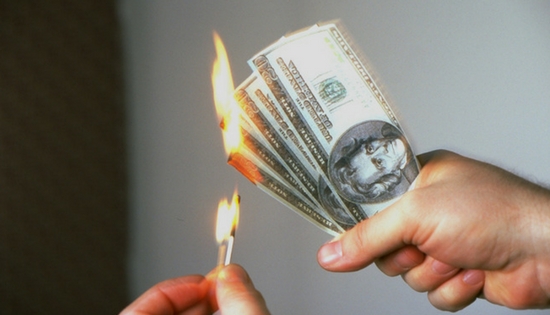 You’ve probably heard people say gold is real money, but what does that actually mean? Is there some fundamental difference between gold and the green pieces of paper stuffed in your wallet that we call money? As investment guru Doug Casey put it, ‘The dollar is, technically, a currency. A currency is a government substitute for money. But gold is money.’ So, what is money? Simply put, it is a medium of exchange and a store of value.
You’ve probably heard people say gold is real money, but what does that actually mean? Is there some fundamental difference between gold and the green pieces of paper stuffed in your wallet that we call money? As investment guru Doug Casey put it, ‘The dollar is, technically, a currency. A currency is a government substitute for money. But gold is money.’ So, what is money? Simply put, it is a medium of exchange and a store of value.
Almost anything can be used as money, and, in fact, many things have served the purpose. Cattle, salt, cigarettes, and even seashells have been used as money throughout history. But as Casey points out, some things work better others. You can’t just exchange things nobody wants; there are other practical considerations. Over the last millennium, precious metals – primarily gold and silver – have evolved into the best form of money in existence.
‘These are the reasons why gold is the best money. It’s not a gold bug religion, nor a barbaric superstition. It’s simply common sense. Gold is particularly good for use as money, just as aluminum is particularly good for making aircraft, steel is good for the structures of buildings, uranium is good for fueling nuclear power plants, and paper is good for making books not money. If you try to make airplanes out of lead, or money out of paper, you’re in for a crash.’
Aristotle listed five properties that make something suitable for use as money. Casey outlines them in his article:
This post was published at Schiffgold on MAY 2, 2017.

 Follow on Twitter
Follow on Twitter
Recent Comments